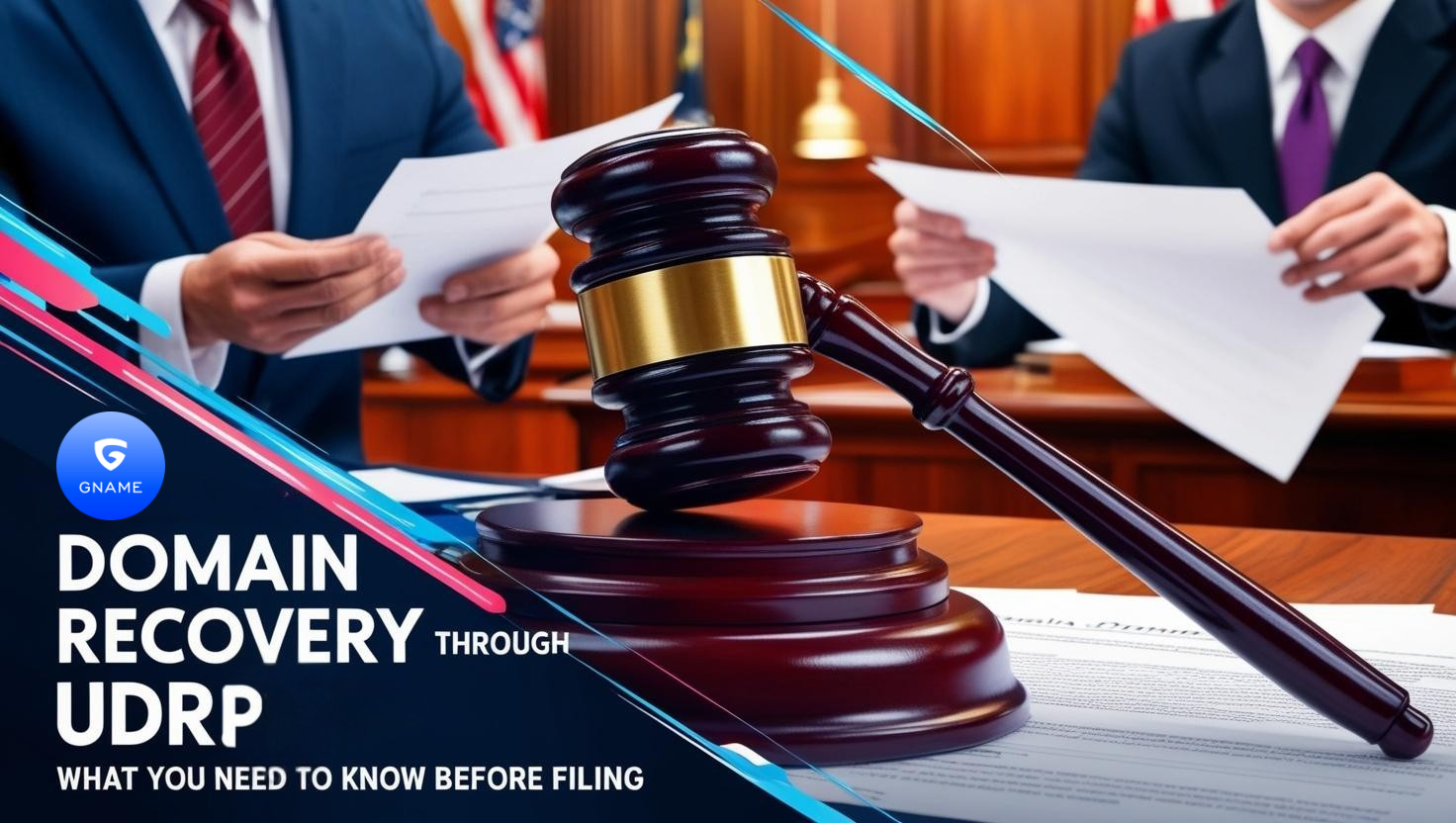In today’s digital landscape, domain name conflicts can arise fast—and escalate even faster. With millions of domains registered across the web, disputes are bound to happen. That’s where the Uniform Domain-Name Dispute-Resolution Policy (UDRP) comes in—a streamlined system developed by ICANN to resolve domain-related disputes without going to court.

This guide explains how the UDRP process works, what you need to prepare before filing, and tips to improve your chances of winning a case.
UDRP is a policy created by the Internet Corporation for Assigned Names and Numbers (ICANN). It offers trademark owners a quicker and more cost-effective way to challenge domain names that are:
☞ Identical or confusingly similar to their trademarks
☞ Registered in bad faith
☞ Not being legitimately used by the domain holder
UDRP applies to all generic top-level domains (gTLDs) and many country-code TLDs (ccTLDs).
Instead of going through lengthy and expensive litigation, you can file a complaint with an ICANN-approved dispute resolution provider like WIPO or NAF, where a panel of experts will review your case and issue a binding decision.
Here’s how the typical UDRP process works:
Before filing, make sure your case qualifies. You must own a registered trademark that is either identical to or confusingly similar to the disputed domain name.
Collect all relevant documents—your trademark certificate, proof of brand usage, and any communications you've had with the current domain owner.
Clearly state the basis of your claim, provide detailed evidence, and specify the remedy you're seeking (usually, a domain transfer).
File your complaint with an approved dispute resolution provider and pay the required fee. The provider will notify the domain registrant of the dispute.
The domain holder has a set period (usually 20 days) to submit a response defending their ownership or use of the domain.
A panel of one or three experts will review the submitted materials and issue a decision. If successful, the domain is transferred to you; if not, the complaint is dismissed.
Winning a UDRP case takes more than just filing a form. Here are some practical tips:
The longer you wait, the weaker your case may appear. File as soon as you detect infringement.
Explain exactly how the domain violates your trademark rights. Provide screenshots, registration records, and timelines.
You don’t need a lawyer to file a UDRP—but having one who specializes in IP law can make your argument stronger and more persuasive.
Frivolous or poorly supported complaints can backfire. In rare cases, if your complaint is deemed abusive or made in bad faith, you may be liable for the respondent’s legal costs.
Read More: Building a Profitable Domain Portfolio: Strategy, Valuation, and Smart Management
The UDRP process offers a fast, accessible way for trademark owners to fight back against cybersquatting and reclaim their rightful domains. By understanding how it works, preparing your case carefully, and acting with purpose, you significantly improve your chances of success.
Your domain is more than just a web address—it’s your brand, your reputation, and your digital identity. Use the tools available to protect it.
